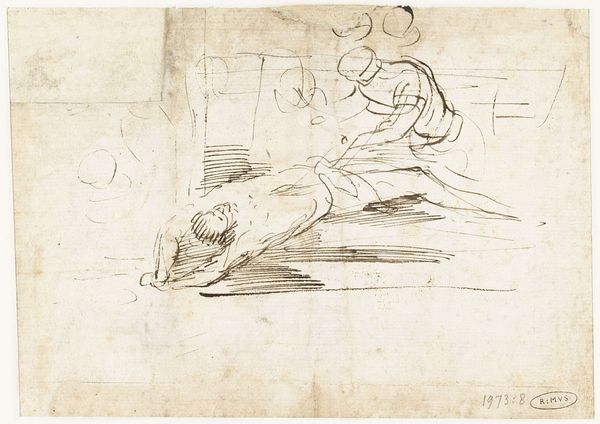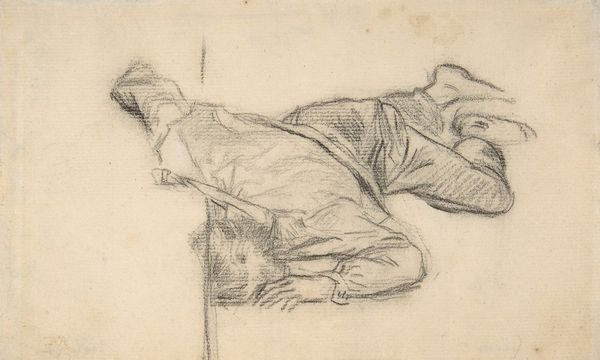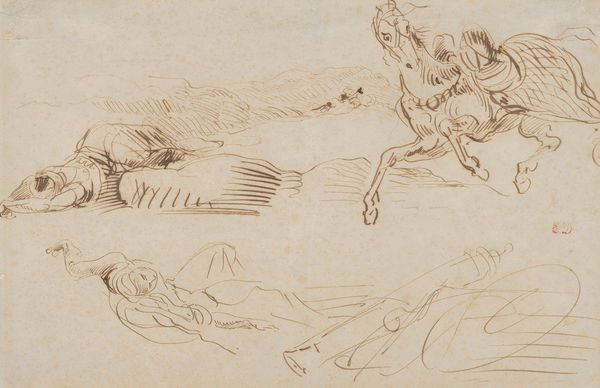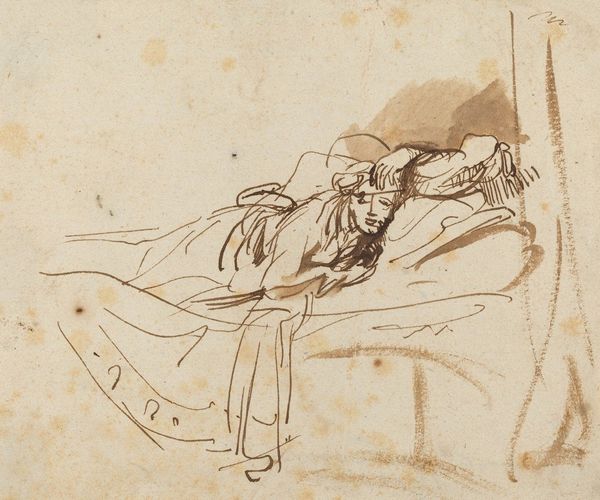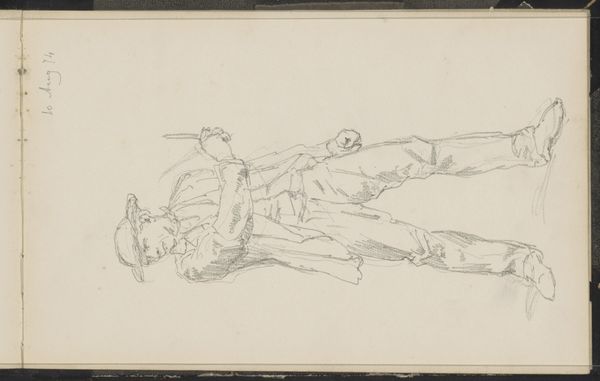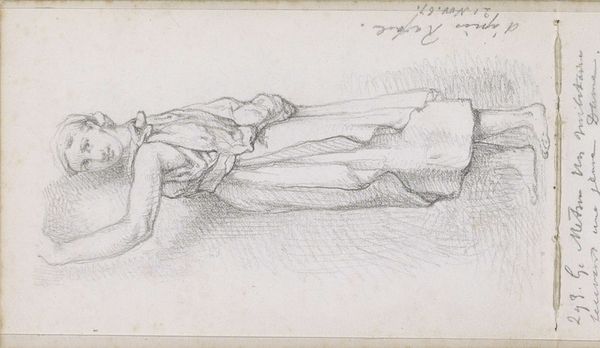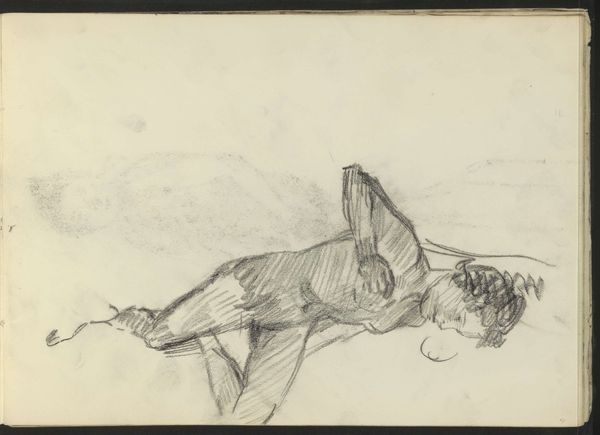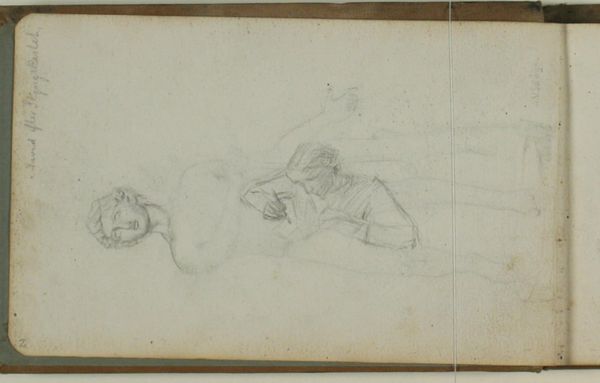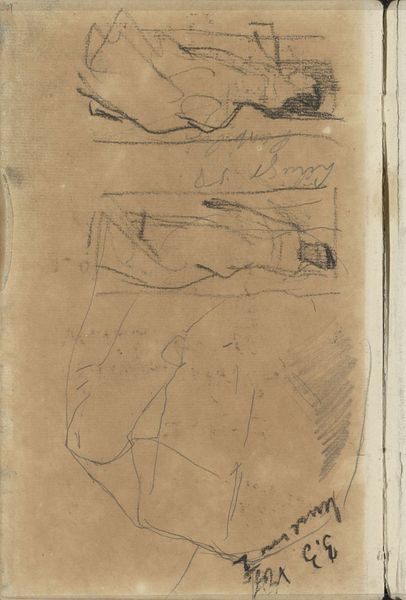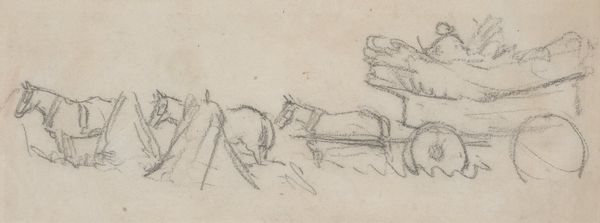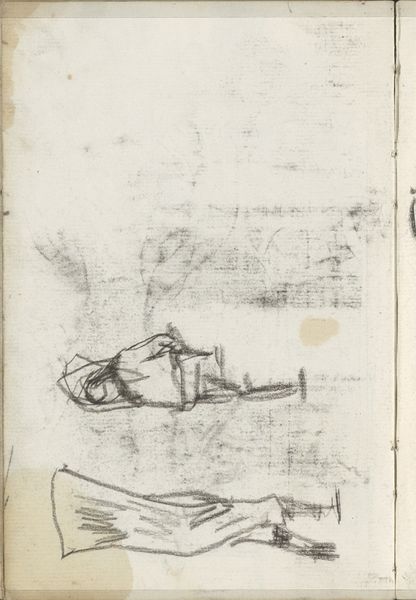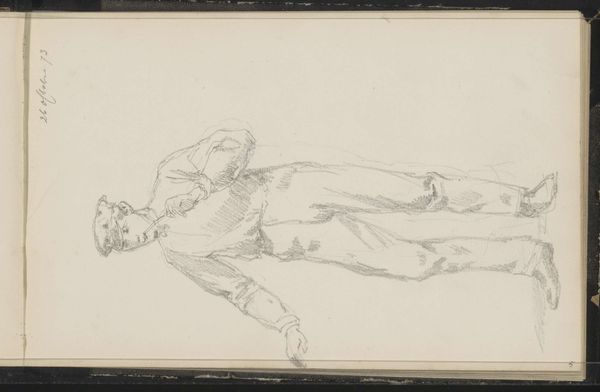
drawing, paper, ink
#
drawing
#
baroque
#
figuration
#
paper
#
ink
#
nude
Copyright: Public Domain: Artvee
Jusepe de Ribera made this study for a crucifixion using pen and brown ink. Ribera, working in 17th century Naples, was deeply influenced by Caravaggio, and was very interested in the depiction of the human body. This drawing gives us a glimpse into his process. The rapidly sketched lines convey the weight and strain of the figure of St. Peter, upside down on the cross. Note how the ink pools in certain areas, emphasizing the contours of the body and the shadows cast by the light. This adds a dramatic sense of realism. Drawings like this were crucial for artists in Ribera’s time. They served as a means of exploration, a way to work through ideas before committing them to a larger painting. Pen and ink were relatively accessible materials, allowing Ribera to experiment freely and develop his vision. The immediacy of the medium captures the artist’s thought process, offering us a direct connection to his creative energy. It's a great reminder that the finished artwork is only the final stage of a longer process.
Comments
No comments
Be the first to comment and join the conversation on the ultimate creative platform.
